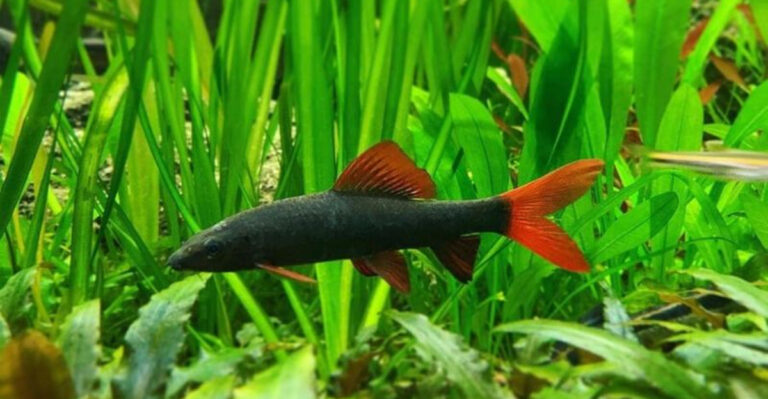14 Best Locations To Feed Stray Cats And Keep Them Coming Back
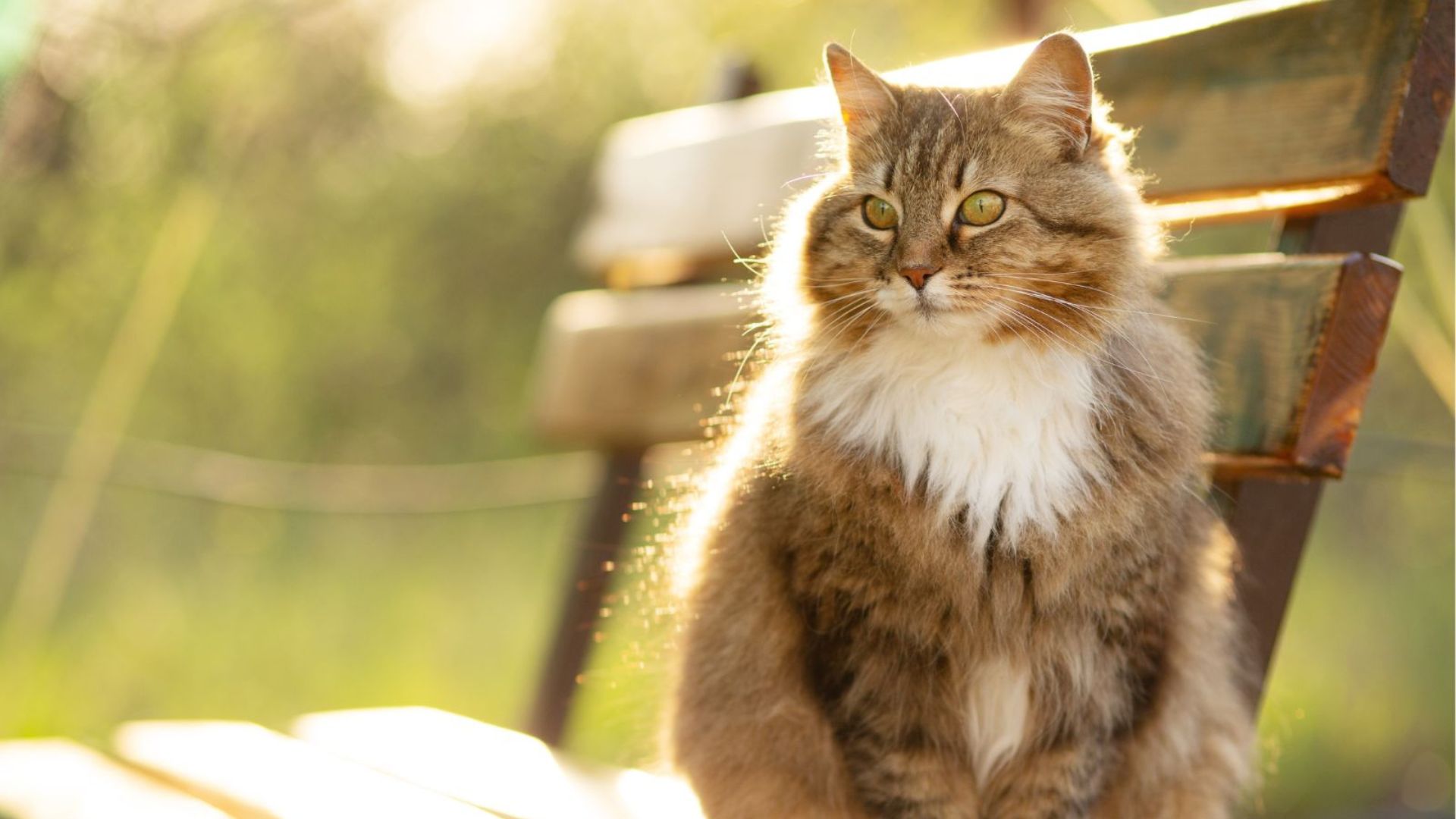
Feeding stray cats isn’t just about leaving food out – it’s about creating a safe, welcoming spot where they feel comfortable returning.
Whether you’re looking to help a single feline friend or build trust with an entire colony, choosing the right location makes all the difference.
From quiet alleyways to cozy backyard corners, these prime spots will have your furry visitors coming back for more – tails up and whiskers twitching!
1. Quiet Alleyway
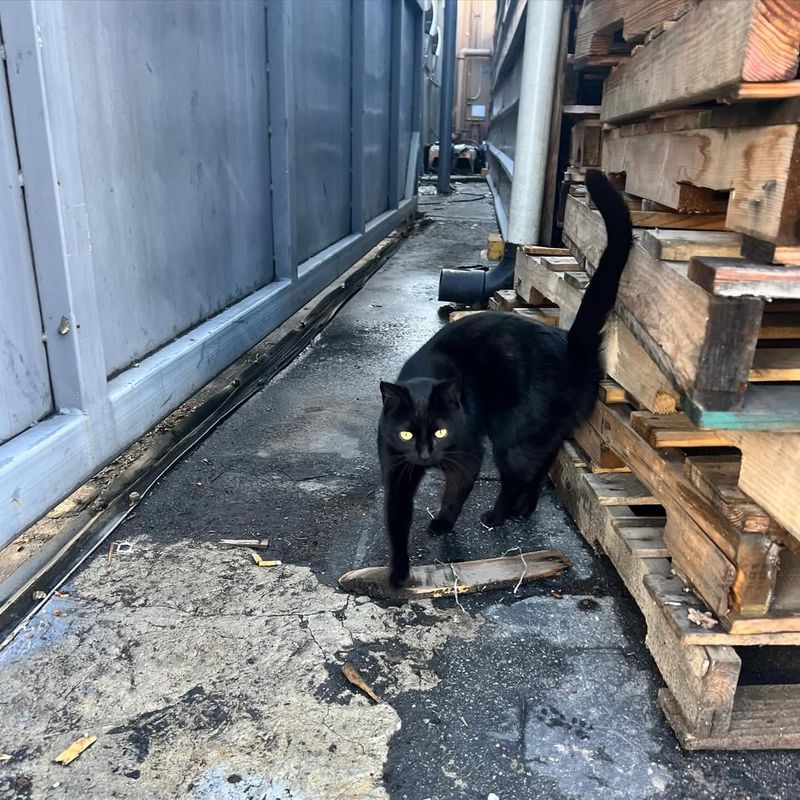
Imagine a quiet alleyway where the hustle and bustle of city life fades away. Alleys provide a safe, secluded spot for our furry friends to dine in peace. These narrow paths often have minimal foot traffic, ensuring cats feel secure while they munch on their meals.
Offering food in an alleyway can attract a small feline community, turning it into their favorite dining spot. Cats love areas where they can hide quickly if needed, and alleys often provide plenty of nooks and crannies for them to feel safe.
When setting up your feeding station, ensure it’s away from busy roads and places where people might accidentally disturb the cats. Keeping the area clean and checking on the food supply regularly will help maintain a welcoming environment. It’s a simple yet effective way to build a bond with local strays.
2. Community Garden
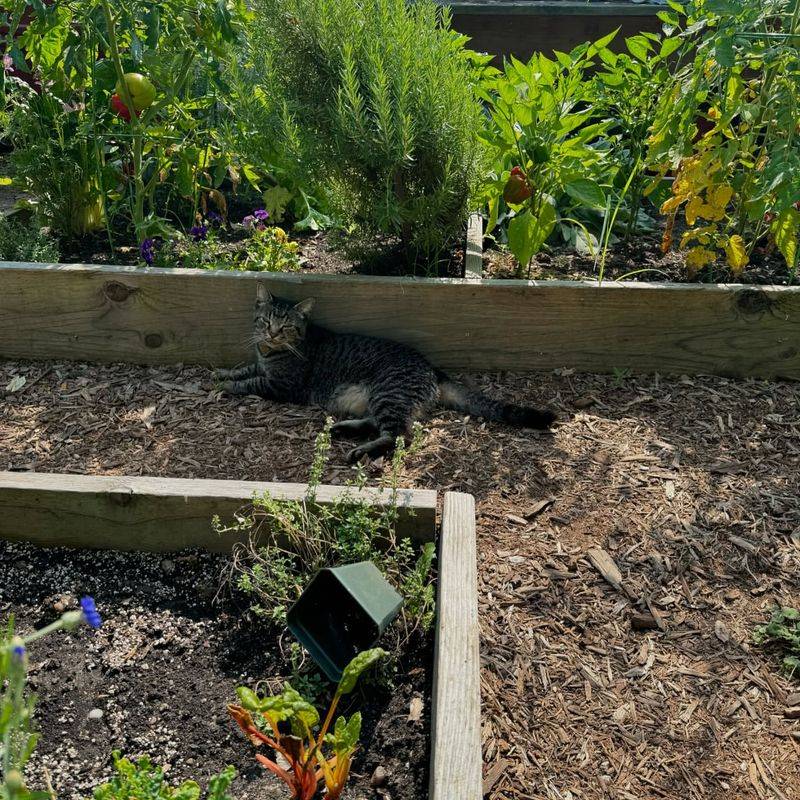
Community gardens are more than just a place to grow vegetables; they’re a sanctuary for many stray cats. These gardens typically have plenty of hiding spots and soft earth, making it comfortable for cats to roam freely.
By placing food near the edges of the garden, you ensure cats have easy access without disturbing the plants. Gardeners often welcome these furry visitors, as they help control pests naturally.
Creating a feeding station in a community garden not only nourishes the cats but also enriches the experience for garden members. Watching cats play and interact adds a touch of whimsy to gardening. Just be sure to collaborate with garden members to ensure everyone is on board with your feline-friendly initiative.
3. Abandoned Building

An abandoned building, though seemingly desolate, can be a haven for stray cats. These structures offer shelter from the elements and a quiet place to rest. Cats often gravitate towards such buildings for safety and warmth.
Placing food around these locations ensures the cats have a reliable food source. It’s essential to maintain the area by cleaning up any food remnants to avoid attracting unwanted pests.
These forgotten places can become a beacon of hope for strays, providing them with the sustenance they need to survive. While feeding here, maintain a discreet presence to avoid drawing unnecessary attention to the location. A little care goes a long way in making these buildings a home for our feline friends.
4. Park Bench
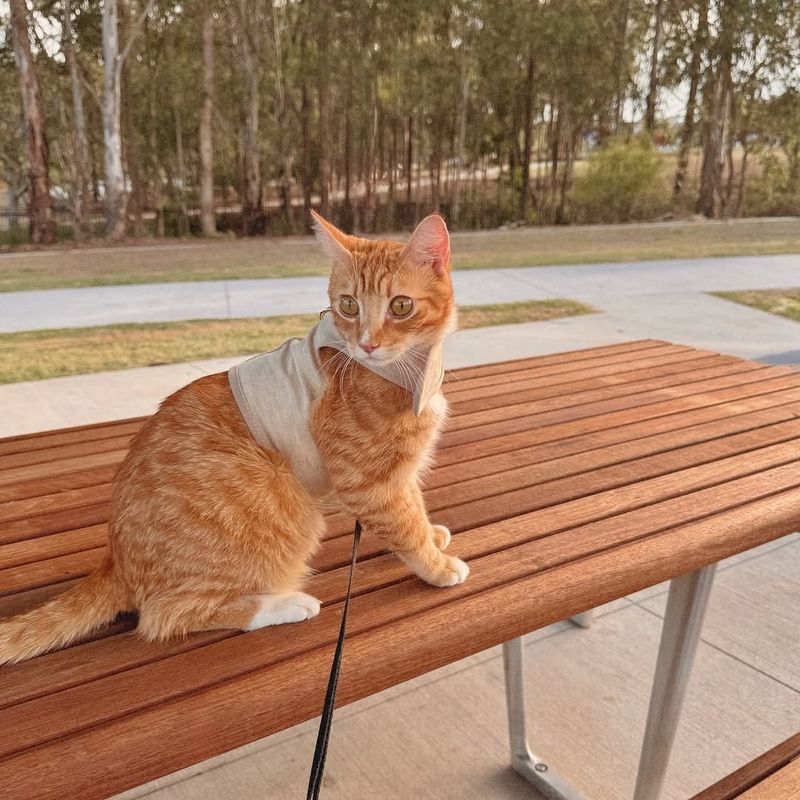
Parks are a natural choice for feeding stray cats, and a park bench serves as the perfect feeding station. Parks offer plenty of open space, fresh air, and a variety of interesting sights and smells for curious cats.
By placing food near a park bench, you create a spot where cats can easily find their meals and feel secure. Regular visitors to the park may even start recognizing the cats and looking out for their well-being.
It’s important to monitor the food and ensure that no other animals, like birds or squirrels, are disturbing the setup. Being consistent with feeding times will help the cats know when to expect a meal, making the park a reliable retreat for them.
5. Library Courtyard
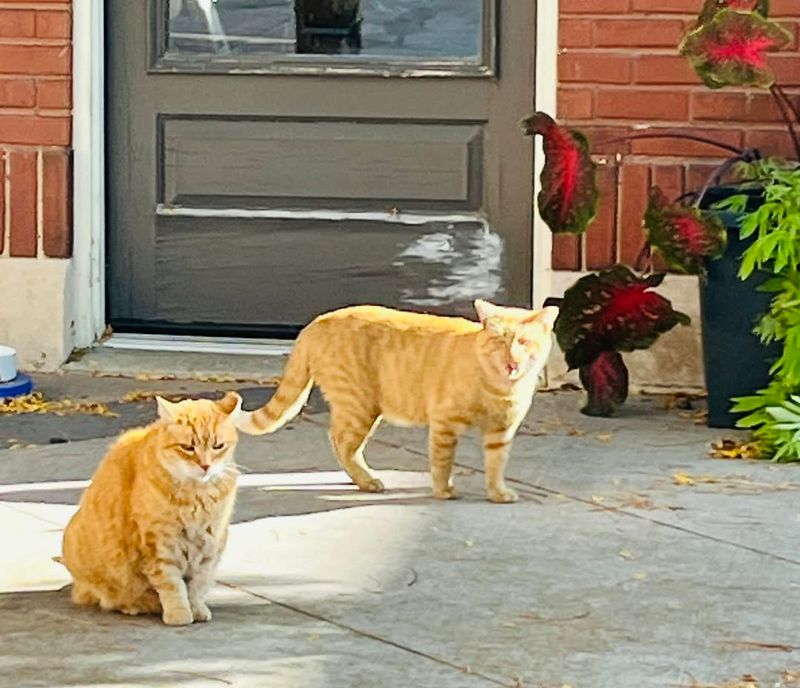
Library courtyards are tranquil spots that can double as feeding locations for stray cats. These peaceful areas often have minimal foot traffic, especially during off-hours, making them ideal for shy felines.
Setting up a small feeding area in a corner of the courtyard can attract cats seeking solitude and a quiet meal. Libraries also tend to be quiet, reducing the stress levels of the cats and providing a serene dining experience.
If you’re planning to feed cats in a library courtyard, be sure to get approval from the library staff. They might even appreciate the presence of cats as a unique feature of their library, adding to its charm. A little cooperation goes a long way in ensuring the cats remain well-fed and happy.
6. Suburban Backyard
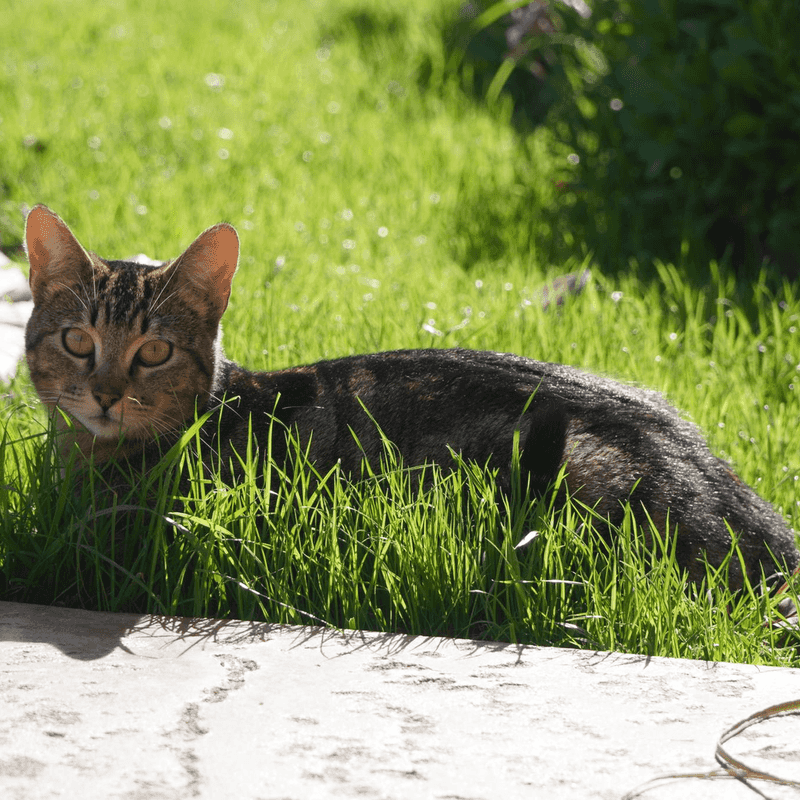
A suburban backyard can be a perfect spot for feeding stray cats. These areas are usually quiet, away from busy roads, and provide plenty of shade and shelter for cats.
By placing food in a discreet corner of the yard, you create a safe space for the cats to enjoy their meals. Homeowners in suburban areas often welcome these feline visitors, enjoying their antics and company.
If you’re feeding in a backyard, ensure the area is secure and that the food is protected from weather elements. Regularly checking on the feeding station will help maintain a clean and inviting environment for the cats, making your backyard their favorite stop.
7. Bus Shelter
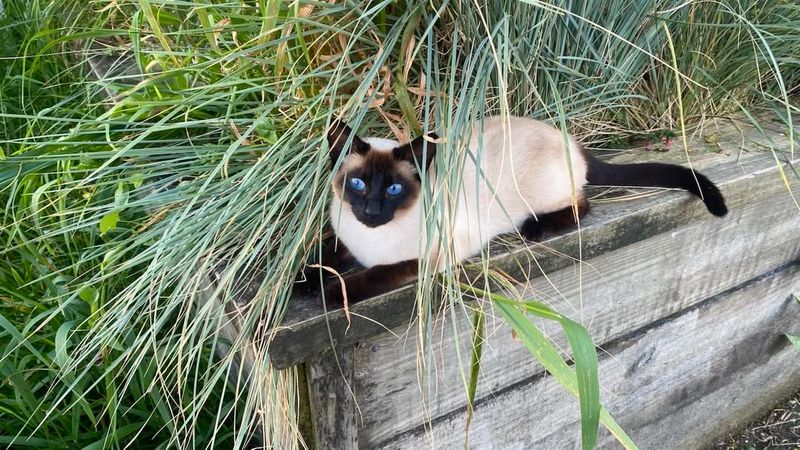
Bus shelters might not seem like an obvious choice, but they offer a sheltered spot for feeding stray cats. These structures provide protection from rain and sun, making them a reliable location for cats seeking refuge.
Setting up a feeding area near a bus shelter can introduce the cats to a regular routine, as they often coincide with the bus schedules. People waiting for buses might appreciate the company of a cat, making the experience more enjoyable for everyone.
However, it’s essential to keep the area tidy and ensure that food doesn’t interfere with the daily operations of the bus stop. With a little care and consideration, bus shelters can become a unique and friendly feeding spot for local strays.
8. Urban Rooftop

Urban rooftops offer a surprising sanctuary for stray cats in the hustle and bustle of city life. These elevated spots are usually quiet and provide a safe environment for cats to explore and enjoy their meals.
Feeding cats on a rooftop can give them a break from the noisy streets below, offering a different perspective and a bit of peace. Ensure that the rooftop is secure and that there are no hazards for the cats.
With a few plants and cozy nooks, a rooftop can become a little paradise for strays. It’s crucial to maintain the feeding area, keeping it clean and free from debris. By doing so, you’ll create a unique feeding spot that cats will love to return to time and again.
9. Church Grounds
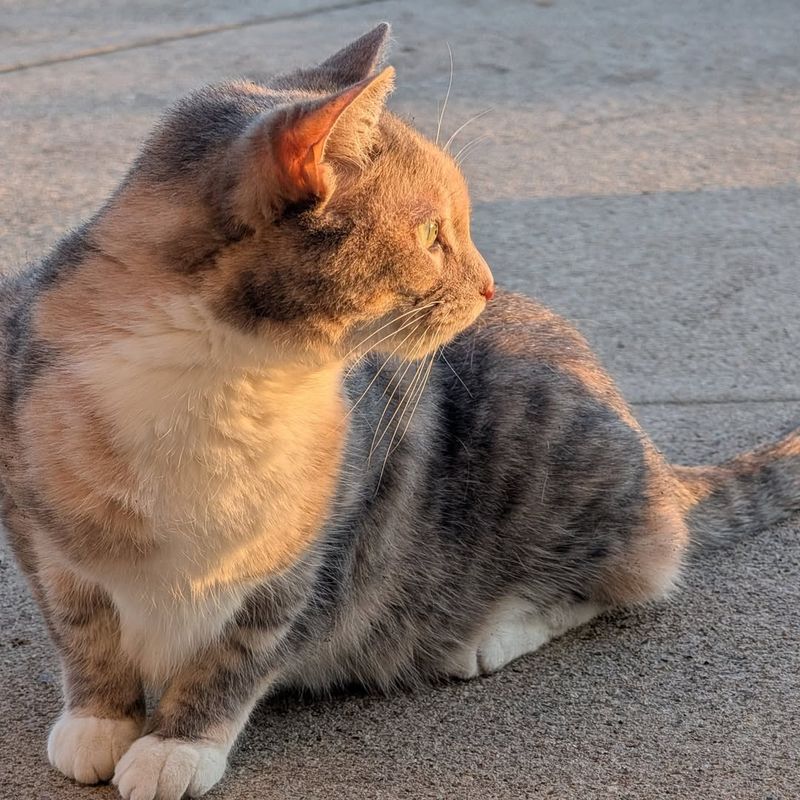
Church grounds provide a peaceful setting for feeding stray cats. These areas are often serene, with plenty of green spaces for cats to explore and relax.
Setting up a feeding station in a discreet corner of the church grounds can attract cats seeking tranquility. Many churches have community members who care for the grounds, and they may welcome the presence of cats.
It’s essential to seek permission from church authorities before starting to feed cats there. Once established, this feeding spot can become a haven for strays, offering them a safe and calming environment. The combination of serenity and sustenance makes church grounds a cherished location for feline friends.
10. Seaside Pier

Seaside piers offer a picturesque location for feeding stray cats. With the sound of waves and the salty sea breeze, piers provide a unique feeding experience for both cats and cat lovers.
Feeding cats on a pier can attract a variety of feline visitors. The smell of fish and the gentle sea air create an enticing atmosphere for cats. However, it’s vital to be mindful of tides and weather conditions when setting up a feeding station.
Regular visits to a pier can help establish it as a reliable food source for strays. Over time, you’ll likely find yourself accompanied by several furry friends, adding joy and companionship to your seaside outings.
11. Warehouse District
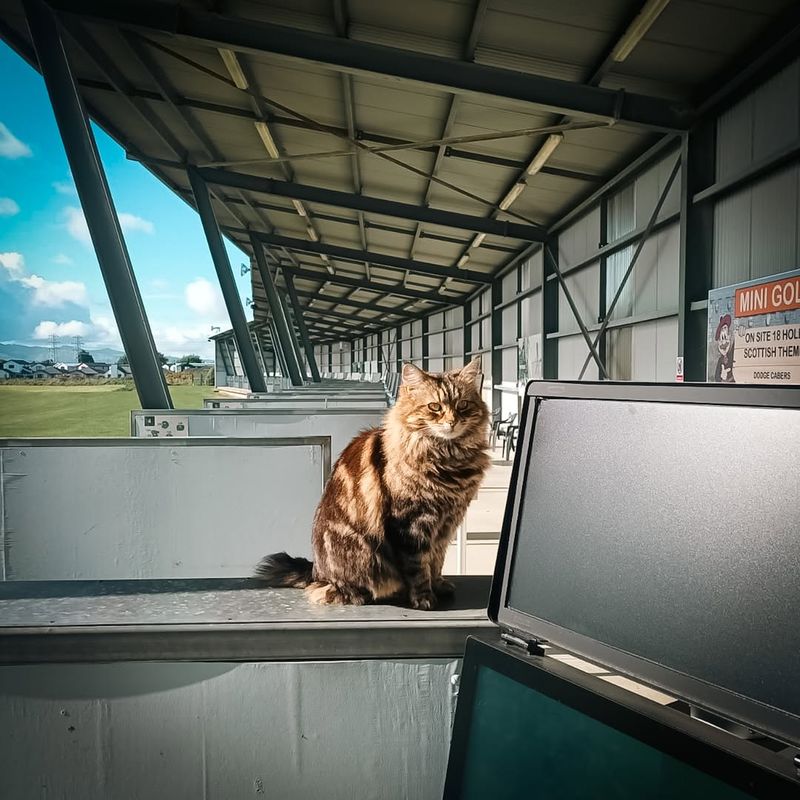
Warehouse districts, with their sprawling buildings and quiet corners, are prime spots for feeding stray cats. These industrial areas often have less foot traffic and plenty of spaces for cats to feel secure.
Establishing a feeding station in a warehouse district can provide strays with a stable food source. It’s essential to keep the area clean to avoid attracting unwanted pests.
Business owners might appreciate the presence of cats, as they help deter rodents. Before starting to feed in a warehouse district, seek permission from property owners to ensure you’re welcome. A little cooperation can turn these industrial areas into feline-friendly zones.
12. Campus Grounds
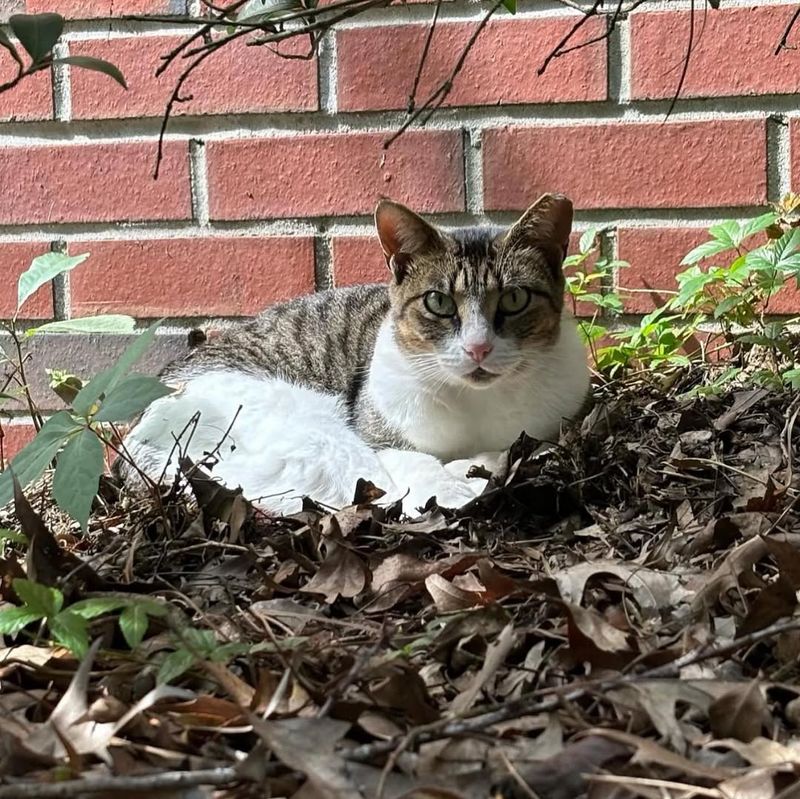
College campuses offer an exciting and dynamic environment for stray cats. With plenty of green spaces and curious students, these grounds can become an engaging feeding location.
Placing food in a quiet corner of the campus ensures that cats have a peaceful place to dine. Students often enjoy interacting with animals, bringing joy and stress relief to both parties.
Before setting up a feeding station, get in touch with campus authorities to ensure you’re permitted to feed cats there. With a bit of planning, campuses can become a lively hub for feline activity, enriching the college experience for everyone involved.
13. Old Railway Station
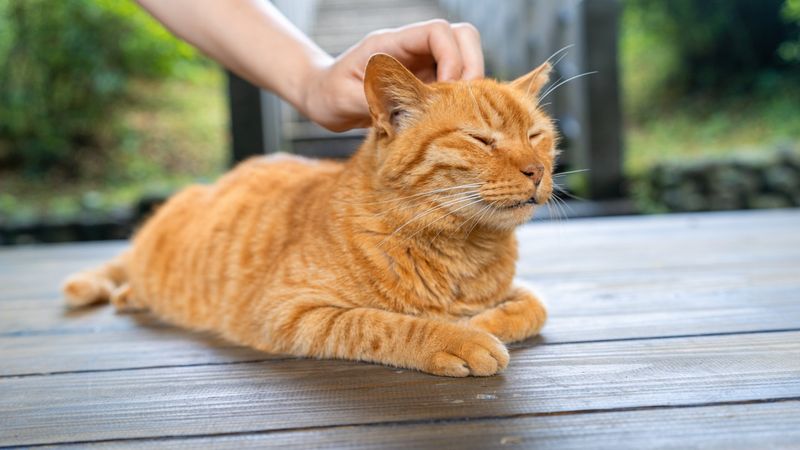
Old railway stations, with their nostalgia and charm, offer a fitting location to feed stray cats. These stations often have abandoned platforms and unused tracks, providing a quiet retreat for cats.
Feeding cats at a railway station brings a touch of history to your feline care routine. The old-world ambiance coupled with the presence of curious cats makes for a delightful experience.
It’s essential to ensure the area is safe for both you and the cats, avoiding any operational tracks. Maintaining a clean feeding station will help preserve the station’s charm while providing a valuable resource for stray cats.
14. Subway Entrance
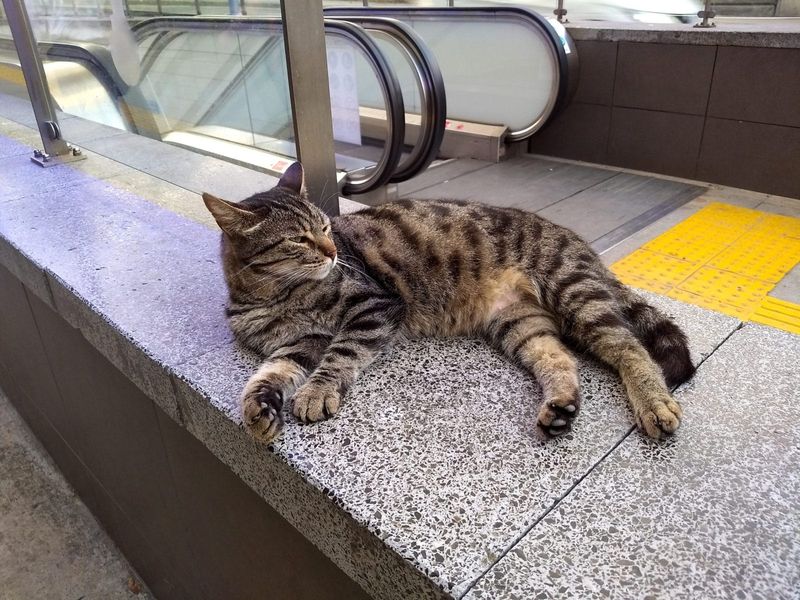
Subway entrances, though busy, can be surprisingly effective places to feed stray cats. These areas provide shelter from the elements and often have warm spots due to the heat from underground systems.
Setting up a feeding station near a subway entrance allows cats to benefit from the warmth and food while remaining safe from the chaos above. Commuters passing by might appreciate the presence of a friendly feline, adding a touch of joy to their daily routine.
It’s important to keep the feeding area tidy and ensure that the station’s operations are not disrupted. With careful planning, subway entrances can transform into welcoming spots for the city’s stray cat population.



